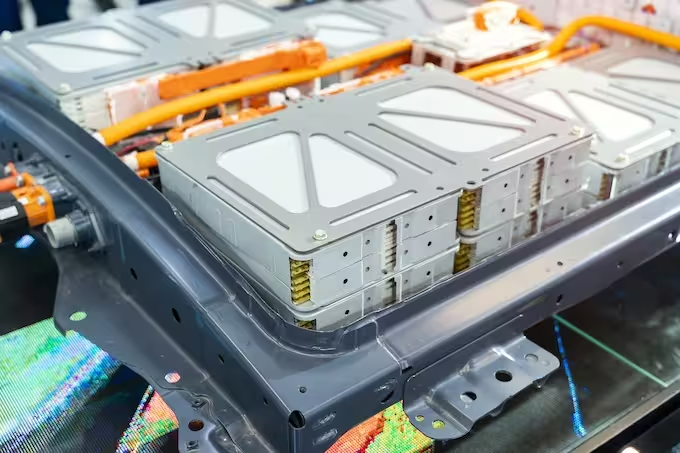Motivated by the question of why impedance variation is consistently reported to be higher than the variation of other parameters, we show that measuring inherent parameter variations caused by production tolerances is superimposed by effects of an imperfect measurement setup.

Quantifiability of Cell-to-Cell Variations
Quantifiability of inherent cell-to-cell variations of commercial lithium-ion batteries
Leo Wildfeuer (TWAICE, Technical University of Munich), Markus Lienkamp (Technical University of Munich).
Highlights
- Experimental investigation of 600 commercial lithium-ion cells.
- Analysis of external influence factors on quantifying cell-to-cell variations.
- Quantification biased by seasonal and spatial temperature inhomogeneities.
- Systematic adjustment lowers impedance variation by 50%.
- Small inherent capacity and impedance variation of only 0.17% and 0.45%.
Abstract
Parameter variations of lithium-ion batteries are an important concern because they can reduce the performance of a battery pack. To quantify inherent variations due to production tolerances, battery parameters of a batch of individual cells are experimentally determined and the latest studies show capacity variations of 0.2 %–0.3 % and impedance variations of 0.7 %–3.8 %. Motivated by the question of why impedance variation is consistently reported to be higher than the variation of other parameters, we show that measuring inherent parameter variations caused by production tolerances is superimposed by effects of an imperfect measurement setup.
By breaking down external influence factors on own experimental results of a batch of 600 commercial lithium-ion cells as well as a previously published data set, we found that in fact parameter variations are substantially biased by temporal and spatial temperature inhomogeneities during the experiments. By systematically compensating these effects, resistance variation is reduced by almost 50 % to only 0.45 %, which is the smallest value reported so far and closer to the variation of capacity (0.17 %) and mass (0.11 %) in our case. Compensation is justified by a Monte-Carlo simulation of the charge-transfer resistance and the cell temperature to investigate the mutual interaction between resistance and temperature variation.
Our results show that extrinsic temperature deviations of only 0.5°C can lead to resistance variations of more than 1.5 %. Based on our findings, we recommend incorporating more restrained initial parameter variations into system simulation models and setting the focus on external origins of parameter variations such as temperature inhomogeneities.
Access the paper here.

See TWAICE Energy Storage Analytics in Action
Sign up for the next live group demo and learn how TWAICE can transform your BESS operations. In just 30 minutes, you’ll get a demo of key features and use cases, and engage with our product experts for a live Q&A.
.avif)

